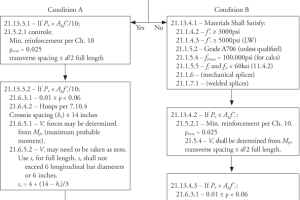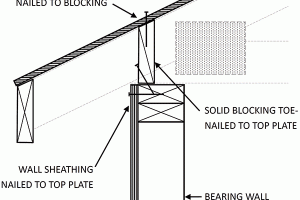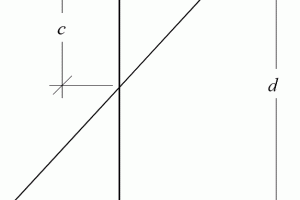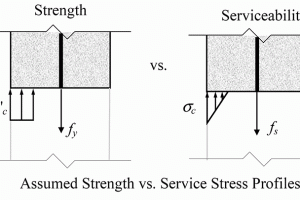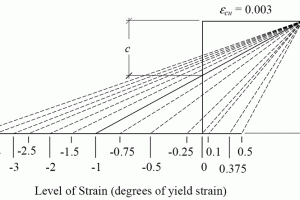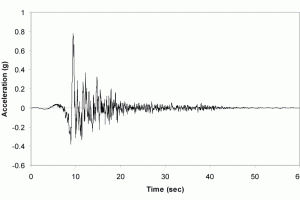Do ACI Seismic Provisions Apply?
The title of this article may seem like a trivial question, but it deals with an issue that in large measure might be overlooked. At first glance, one might think, “Of course not; gravity columns are designed for gravity, so why would I need to address the seismic provisions in Chapter 21 of ACI 318-11?” The answer is a simple matter of deformation compatibility, which ASCE 7-10 addresses for Seismic Design Categories (SDC) D through F in Section 12.12.5. …

